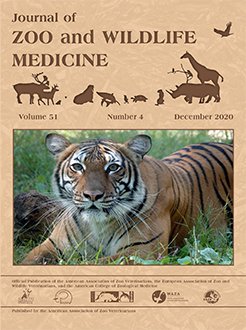Two- and three-toed sloths (Choloepus spp. and Bradypus spp.) have become popular animals in American culture and in American zoos, where they are frequently used as animal ambassadors. Despite the increased focus on sloth species, the prevalence of infectious diseases in sloth populations and the associated clinical consequences are relatively unknown. This study reviewed all published literature from 1809 to 2019 that examined infectious agents in both captive and wild populations of either two- or three-toed sloths. Online databases were electronically searched for relevant manuscripts using strings of inclusion and exclusion terms, resulting in an initial identification of 5,364 articles. After removing duplications and conducting two relevance screenings, 57 manuscripts were included in the full review. A total of 1,769 individual two-toed sloths and 879 individual three-toed sloths were accounted for in the included studies, with evidence of infection or exposure to infectious agents in 647 (36.6%) and 222 (25.3%) individual two- and three-toed sloths, respectively. Approximately 74% of documented infections were cryptic fungal, parasitic, and viral infections. The remaining 26% of infections represent those that were associated with clinical signs of disease. The infectious agents reported were bacterial (84), parasitic (20), viral (9), and fungal (4). Significant knowledge gaps remain regarding clinical and subclinical infectious disease prevalence and impact in both free-ranging and captive sloths.
How to translate text using browser tools
12 January 2021
IDLY INFECTED: A REVIEW OF INFECTIOUS AGENTS IN POPULATIONS OF TWO- AND THREE-TOED SLOTHS (CHOLOEPUS SPECIES AND BRADYPUS SPECIES)
Levi H. Smith,
Audrey Ruple
ACCESS THE FULL ARTICLE





